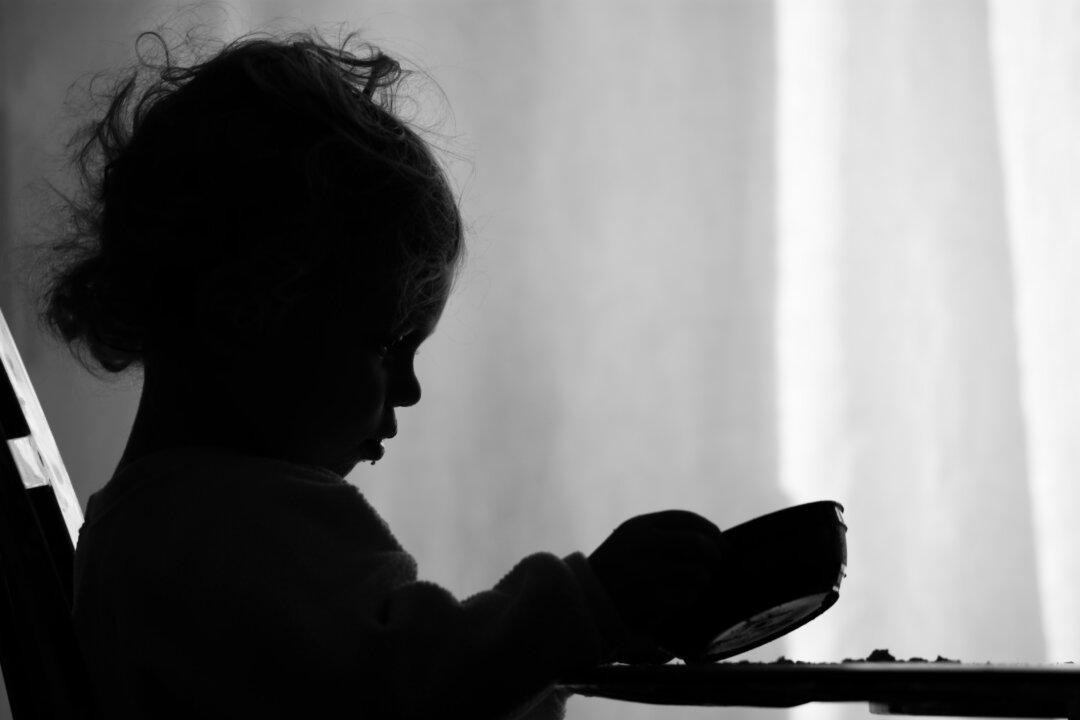Not far from the Anheuser-Busch brewery, Joshua Grigaitis fills a cooler with bottles and cans in one of the city’s oldest bars.
It’s Saturday night, and the lights are low. Frank Sinatra’s crooning voice fills the air, along with the aroma of incense. The place has all the makings of a swank boozy hangout.



